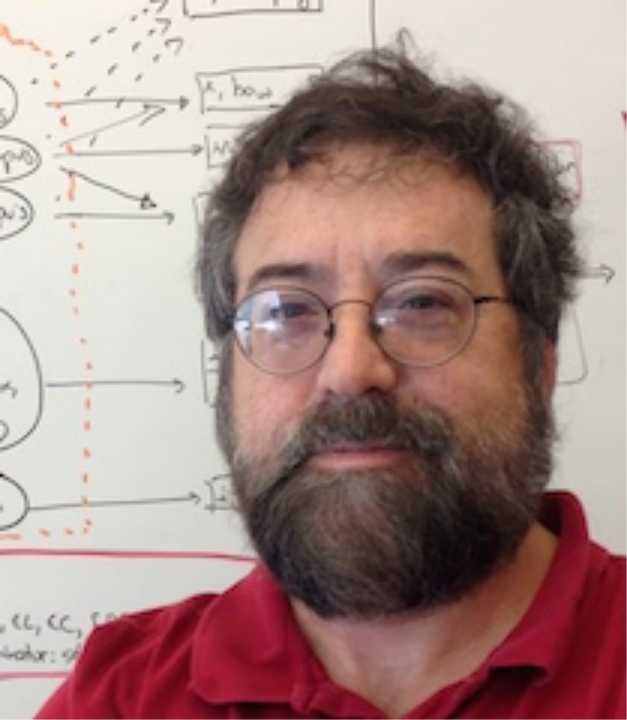
The Knowledge Revoilution
Bio:Wray Buntine is Professor at VinUniversity and Director of Computer Science Programs in College of Engineering and Computer Science at VinUniversity …

Bio:Wray Buntine is Professor at VinUniversity and Director of Computer Science Programs in College of Engineering and Computer Science at VinUniversity …

Bio:William Cohen is a Visiting Professor at Carnegie Mellon University in the Machine Learning Department …

Bio:Anthony (Tony) Cohn is Professor of Automated Reasoning in the School of Computing, University of Leeds and seconded part-time to the Alan Turing Institute where he is Foundational Models Theme lead...

Bio:Luc De Raedt is currently Director of Leuven.AI, the KU Leuven Institute for AI, full professor of Computer Science at KU Leuven...

Bio:Sašo Džeroski is Head of the Department of Knowledge Technologies at the Jozef Stefan Institute (Ljubljana, Slovenia) and a full professor at the Jozef Stefan International Postgraduate School...

Bio:Katsumi Inoue received the Doctor of Engineering degree from Kyoto University in 1993 for studies on abductive and nonmonotonic reasoning. He is currently a Professor of Principles of Informatics Research Division, National Institute of Informatics, and is a Professor of Informatics Program, Graduate Institute for Advanced Studies, SOKENDAI...

Bio:Xue Li is a postdoctoral researcher in the School of Informatics at the University of Edinburgh...

Bio:Denis Mareschal is Professor of Psychology and Director of the Centre for Brain and Cognitive Development at Birkbeck University of London...

Bio:Claude Sammut is a Professor in the School of Computer Science and Engineering, University of New South Wales …

Bio:Ute Schmid is full professor of Cognitive Systems at University of Bamberg (Germany), director of the Bamberg Center of AI (BaCAI) and on the board of directors of the Bavarian Research Institute for Digital Transformation (bidt)...

Bio:Ehud Shapiro is an Israeli scientist, entrepreneur, artist, and political activist who is Professor of Computer Science and Biology at the Weizmann Institute of Science...

Bio:Jiajun Wu is an Assistant Professor of Computer Science and, by courtesy, of Psychology at Stanford University...

Bio:Jun Zhu is a Bosch AI professor in the Department of Computer Science and Technology at Tsinghua University...
